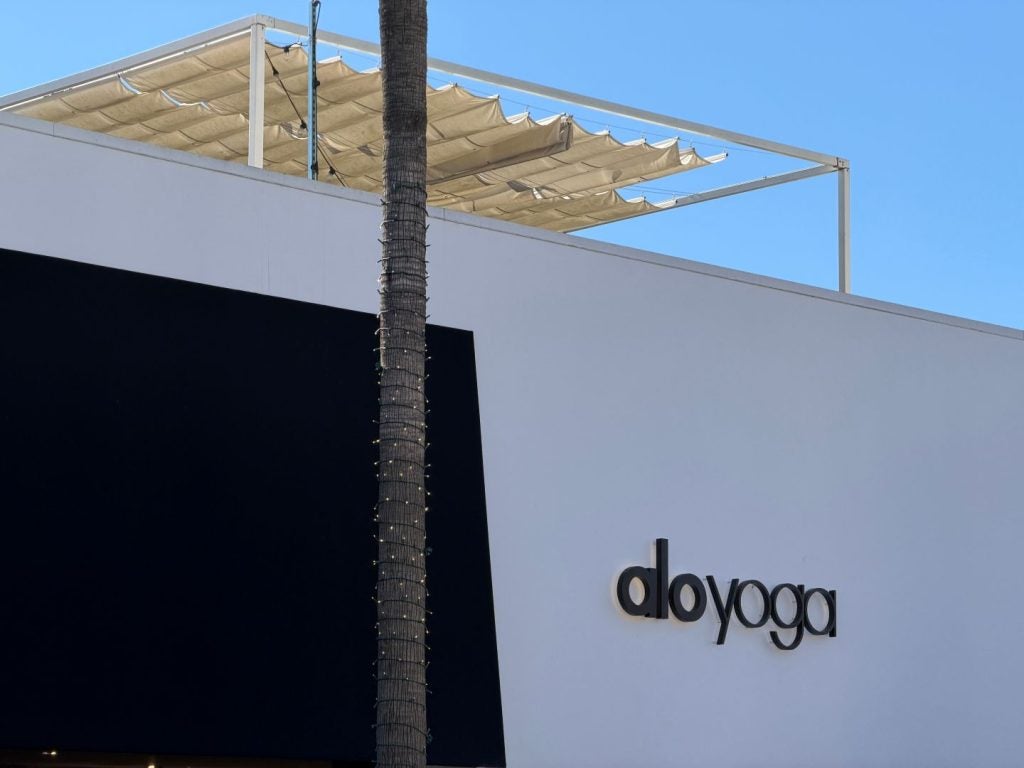Of the respondents surveyed for The State of Fashion 2026 by The Business of Fashion and McKinsey & Company report, 51% said they would spend the same or more on health and wellness if their discretionary income decreased.
Meanwhile, 89% of respondents to McKinsey’s survey said “being part of a like-minded community” was a top driver of an emotional connection with a brand.
“Wellbeing is redefining how consumers globally live and define themselves, shifting from a pursuit of niche enthusiasts to a priority across consumer segments,” reads the report. “84% of US consumers and 94% of Chinese consumers now consider wellness a top or important priority. Gen Z and Millennials are at the forefront, accounting for over 40% of US wellness spending in 2024.
“For many in this generation, wellbeing has evolved from a hobby into a defining part of who they are, with 55% considering fitness to be a core part of their identity.”
At the centre of this movement is a focus on longevity – living better, not just living longer. But for the most part, that affects industries like skincare and fitness.
So where does apparel fit into the fold?
Well, for one, it’s not a passing trend that the fashion industry can ignore.
The report says it is “an enduring lifestyle shift, with the wellness market growing 6% annually from 2019 to date and it is forecast to continue growing at 5-6% per year through 2028.”
“It is reshaping consumers’ spending across categories, from what they eat (around half of consumers and two-thirds of Gen Z and Millennials purchased functional-nutrition products and supplements last year) to how they socialise.
“Since they are intrinsically linked to lifestyle, fashion brands should consider how they engage with the wellbeing-focused customer. For many, this space has offered a natural entry point into adjacent categories such as athleisure and skincare, enabling brands to capture a broader share of lifestyle spending. But further opportunity lies in integrating consumers’ shifting priorities towards wellbeing — and the changing consumer identities they reflect — more deeply across their ecosystems.”
How fashion brands are leveraging ‘third spaces’
According to the report, fashion players are attempting to deepen emotional connection with customers by creating “third spaces”— social environments that sit between home and work, encouraging customers to spend valuable time with a brand, whether online or in-person.
“Brands are leveraging these spaces as tools to attract and retain customers, with almost one third of consumers first discovering a brand aligned with their values through brand-community interactions.”
As an example, it points to Dior’s growing portfolio of branded spas which extends the brand further into customers’ lifestyle, and Lululemon’s yoga hubs.
While Alo Yoga has launched a wellness club, a subscription-based digital platform centred on the pillars of yoga, fitness, mindfulness and self-care. The online experience offers members on-demand access to fitness instructors. The brand has also moved into physical spaces and offers in-person wellness retreats that bring community members together around Pilates, mindfulness and food.
Three ways fashion brands can make the wellness trend work for them
Determine if wellbeing sits at the core or periphery of the brand
Define how far the brand should evolve to align with the wellbeing movement, from marketing shifts to full brand DNA transformation. Begin by developing an in-depth understanding of what the brand stands for, what matters most to customers and how effectively the brand already delivers on those expectations today. Stay abreast of consumers’ shifting identities using insights from tools such as social listening and search analytics to guide the extent of wellbeing integration.
Execute strategic integrations authentically
Map how your brand can authentically execute on the wellbeing opportunity across relevant categories, services or communities. Identify white spaces that align with existing offerings, brand values and design codes to embed wellbeing authentically and avoid overextension. Successful integration often builds on what the brand already does well and extends those strengths into the wellbeing space in ways that feel natural and emotionally resonant. Prioritise opportunities with data-led insights on projected customer adoption, revenue potential and risk
Build credibility in the wellbeing space through long-term commitment
Build meaningful and lasting connection with customers around wellbeing through discipline and consistency. This demands sustained action that shows up across products, services and experiences. Track consistency of brand values to ensure initiatives enhance rather than dilute brand equity and resonate with customers. Partnerships can further strengthen credibility. Collaborating with credible wellbeing experts, creators, and adjacent sectors such as fitness, hospitality and beauty enables brands to expand their influence and reinforce authority in the space.









